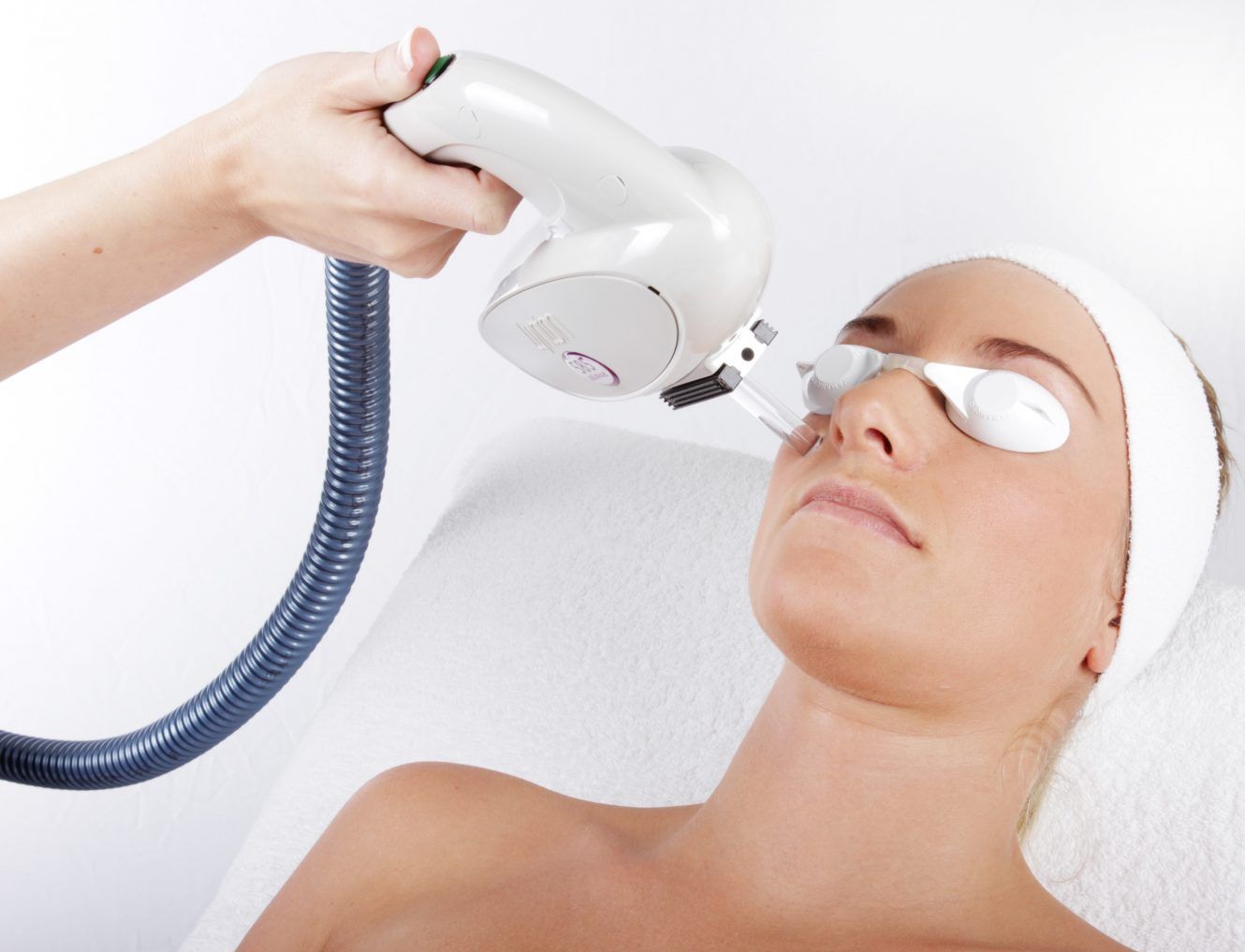
IPL (Intense Pulsed Light)
What can IPL treat?
IPL can effectively treat a range of vascular and pigmented lesions including:
- Spider Nevus
- Telangiectasia / Thread veins
- Cambell De Morgan Spots / Cherry Angioma
- Pigmented lesions / Sun Spots
A consultation is and patch test is always required prior to treatment. In most cases, results can be seen from the patch test.
Preparing for treatment
- Avoid sun exposure and using sunbeds for a minimum of 4 weeks prior to treatment.
- Avoid fake tan for around 1 week before treatment ensuring there is no trace on the area being treated.
Please note, not all patients are suitable for IPL treatments. Unfortunately it's not suitable for darker tones of skin - Fitzpatrick skin type 5 cannot be treated.
PLEASE BE AWARE THAT LASER / IPL TREATMENT FOR VASCULAR LESIONS IS ONLY AVAILABLE AT OUR KIRKSTALL CLINIC.
Cambell De Morgan Spots
Campbell De Morgan Spots, also known as cherry angiomas, are small red raised spots made up of blood vessels.
IPL works by heating & coagulating the blood so that the body re-absorbs the vessels causing them to disappear.
How many treatments will I need?
1 - 3 treatments at 4 - 6 weekly intervals
Telangiectasia / Facial Thread veins
Telangiectasia or thread veins are small dilated blood vessels. These can be hereditary or caused by sun exposure, trauma , hormonal changes or ageing.
IPL works by heating & coagulating the blood so that the body re-absorbs the vessels causing them to disappear.
How many treatments will I need?
This depends on the severity of the lesion.
1 - 4 treatments are normally required at 4 - 6 weekly intervals
Spider Naevi
Spider Naevi are collection of small, dilated blood vessels /The cluster of vessels is web-like, with a central spot and radiating vessels.
IPL works by heating & coagulating the blood so that the body re-absorbs the vessels causing them to disappear.
How many treatments will I need?
1-3 treatments are required at 4-6 weekly intervals.
Pigmented Lesions / Sun Spots
Pigmented lesions such as sun spots and age spots can be caused by sun damage, hormonal changes or ageing.
Light is released in short pulses that are absorbed by the high concentration of melanin found within the pigmented lesions. This then causes the destruction of the melanin-rich cells.
The lesion may appear darker at first. The pigment will then form a crust, which will then flake and fade away over the following weeks.
How many treatments will I need?
1-3 treatments are required at 4-6 weekly intervals.
